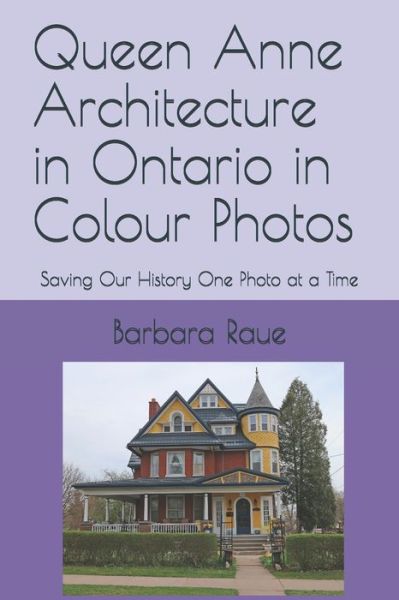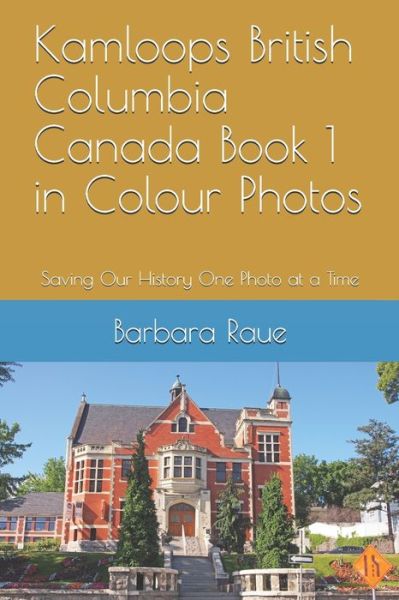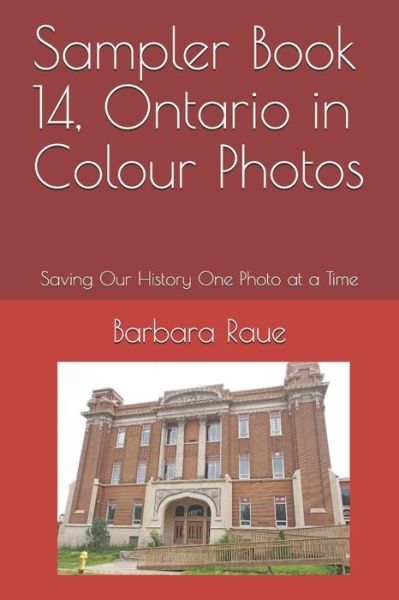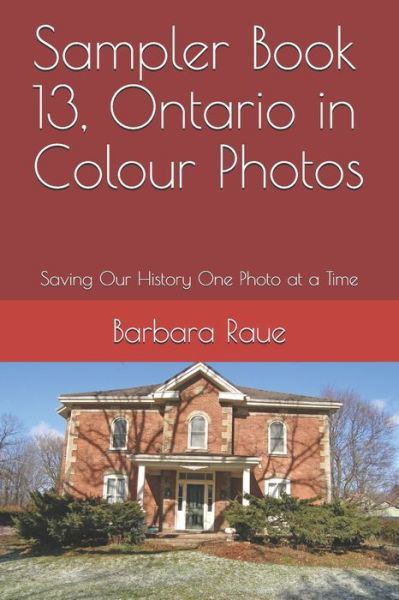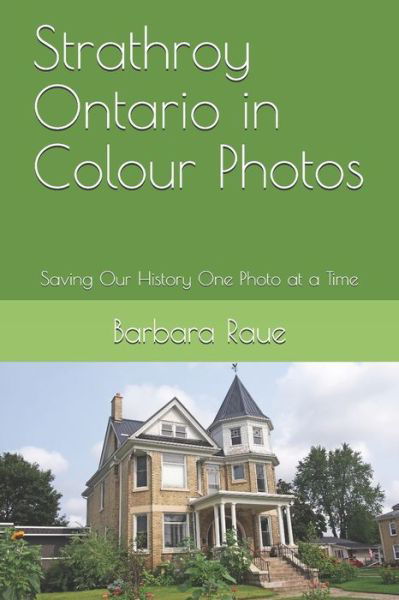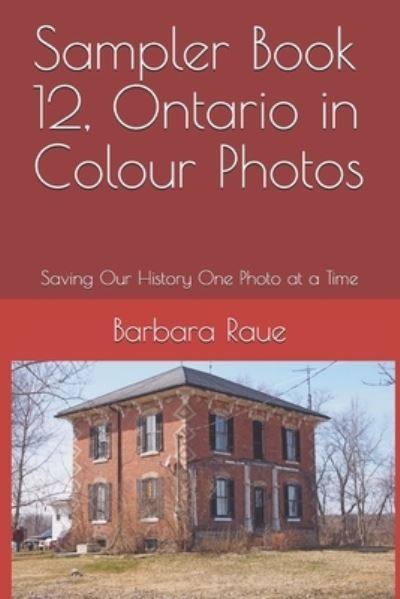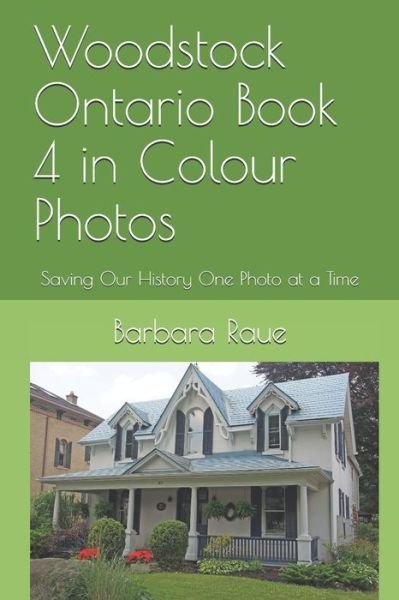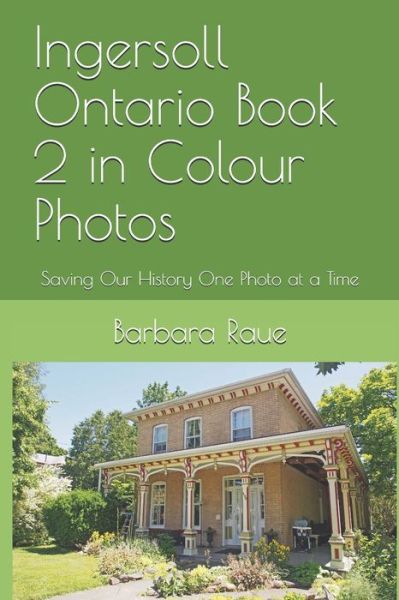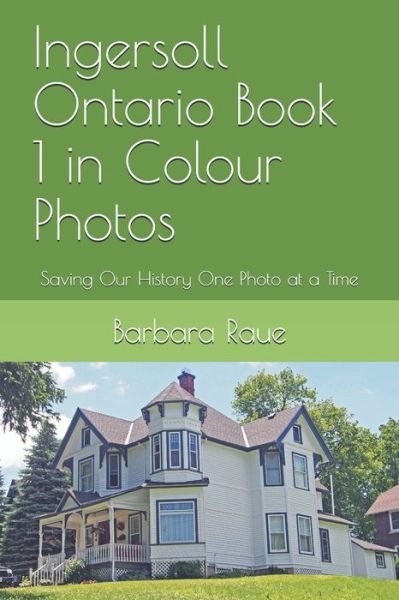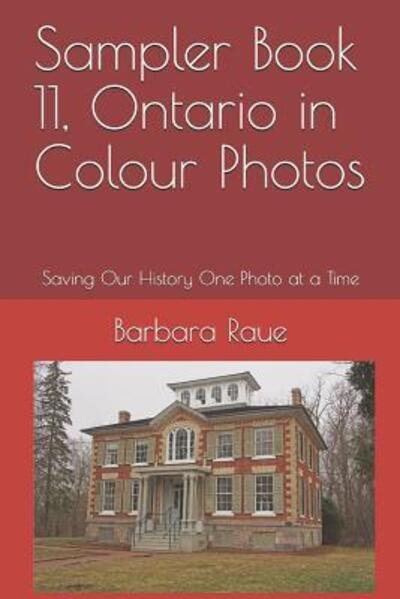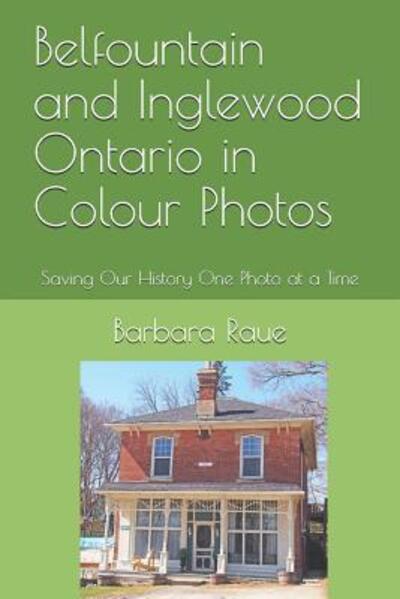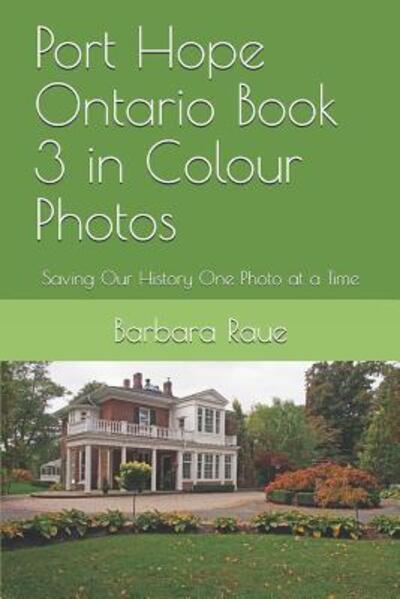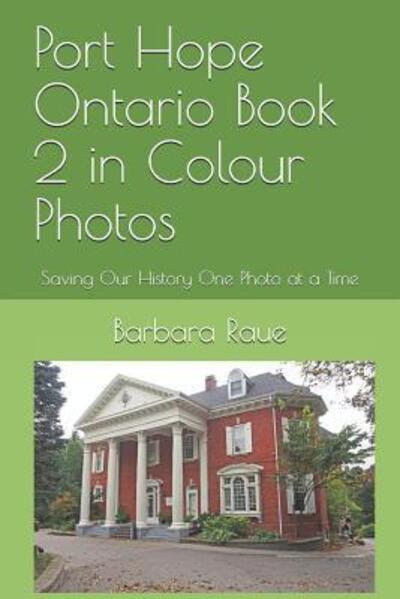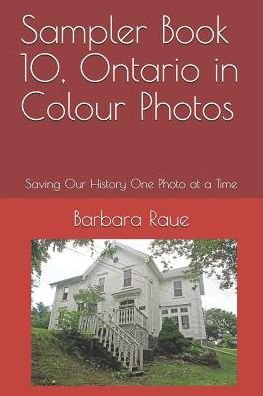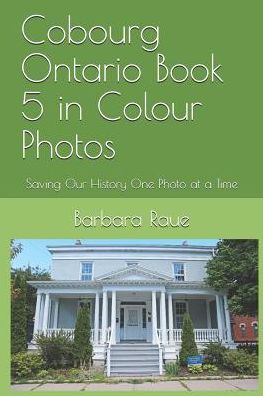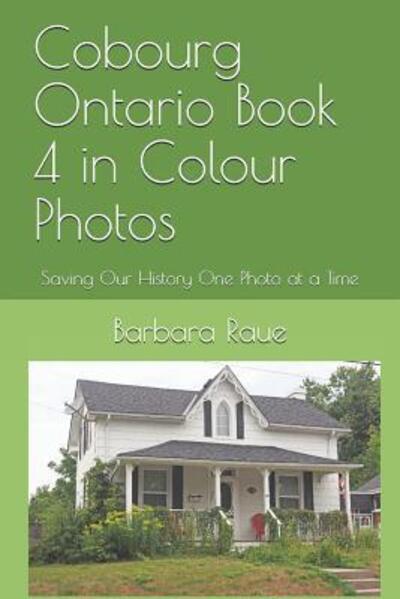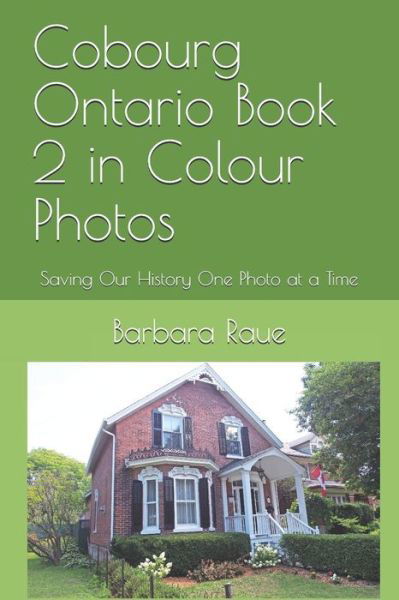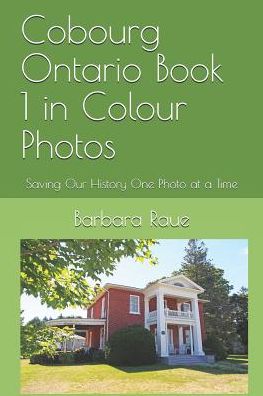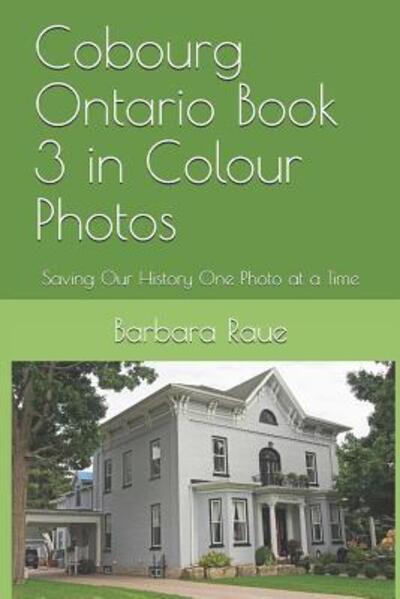
Tell your friends about this item:
Mount Pleasant, Newport, Onondaga, Middleport Ontario in Colour Photos
Barbara Raue
Mount Pleasant, Newport, Onondaga, Middleport Ontario in Colour Photos
Barbara Raue
Township of BrantfordBrantford Township was the largest and most central township of Brant County. The first area settled was along Fairchild's Creek north west of Cainsville. The township was blessed with many creeks that were developed with mills. The first industrial operation in the township was a mill operated by James Percy in Mount Pleasant. The township also has fertile soil and land was quickly settled and within twenty-five years was well under cultivation and thriving. Within the township are the villages of Mount Pleasant, Burtch, Newport, Cainsville and Langford, as well as the homes of Alexander Graham Bell and George Brown, a father of confederation. Within decades of its founding in 1799 by the Ellis and Sturgis families, Mount Pleasant was a prosperous and cultured settlement with flourishing farms, inns, mills, schools, a drill hall, and commercial establishments. Today Mount Pleasant's long and lovely main street retains much of its rural charm and many of its old homes, churches, and farmsteads. Mount Pleasant Road is part of the Long Point Trail, an old Indian trail which went from the Grand River in Brantford south to Lake Erie. One of the earliest settlers in the area of Newport was Edee Burtch who purchased land from Joseph Brant around 1796. As more settlers arrived, the area became known as Burtch's Landing and was later renamed Newport. Newport was laid out for settlement by Thaddeus Smith in l857. Newport was a thriving shipping port offering passenger service to Buffalo on the Red Jacket and Queen paddle wheel steamers that operated on the Grand River. Cainsville, located at the junction of Brant Road 54 and Colborne Street East, was renamed from Cayuga Heights to Cainsville for Peter Cain who was one of the first settlers. He purchased land on the north side of the road and built the British American Hotel in 1836. The village was laid out in 1837. In its hay day in the mid-1800s, Cainsville became a busy center shipping large quantities of grain. The village had two hotels and a white brick schoolhouse, several stores, a match factory, four wagon shops, four blacksmith shops, a general store and a cheese factory. Located on Highway 2/53 east of Fairchild's Creek about three kilometres east of Cainsville, the Village of Langford was named for Jacob Lang, an early settler who came from Pennsylvania to this area in about 1807. United Empire Loyalists settles here in the late 1700s. Several streams flowing south gave power to saw and grist mills in the area. A brickyard and a blacksmith shop were established. The first post office was called Lang's Ford as all of the travelers had to ford the swampy stream in the hollow just east of Jacob Lang's farm. Among the buildings left in Langford are the church and school. Township of OnondagaThe township was named for the Onondagas, a nation within the Six Nations. They settled on land granted to the Six Nations under the Haldimand Proclamation of 1784. The Grand River, which forms the southern boundary of the county of Brant, was the main artery for transportation, communication, and economic sustenance. Today this river is mainly used for recreation. In the 1830s settlers began moving into this rich agricultural area. The Village of Onondaga became a thriving community in the mid-19th century because of the Buffalo, Brantford, and Goderich Railway station located here. Schools, churches, hotels and taverns, grist and sawmills, blacksmith shops, stores and small manufacturing shops developed. The Grand River Navigation Company played an important role in the establishment of Middleport. On November 7, 1848 navigation was opened on the Grand River from Brantford to Dunnville through a series of locks and dams. Middleport, founded by John Solomon Hager, was midway between the locks at Brantford and the Village of Caledonia making it an important port.
| Media | Books Paperback Book (Book with soft cover and glued back) |
| Released | December 13, 2017 |
| ISBN13 | 9781981144716 |
| Publishers | Createspace Independent Publishing Platf |
| Pages | 72 |
| Dimensions | 152 × 229 × 5 mm · 145 g |
| Language | English |






